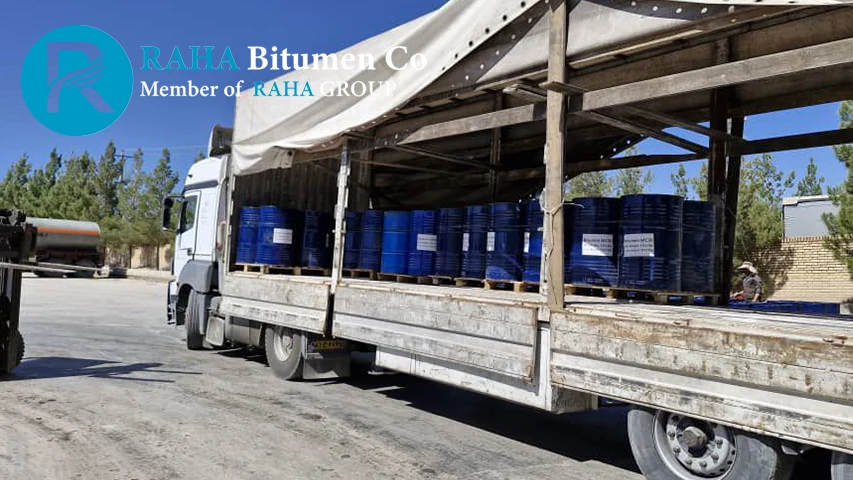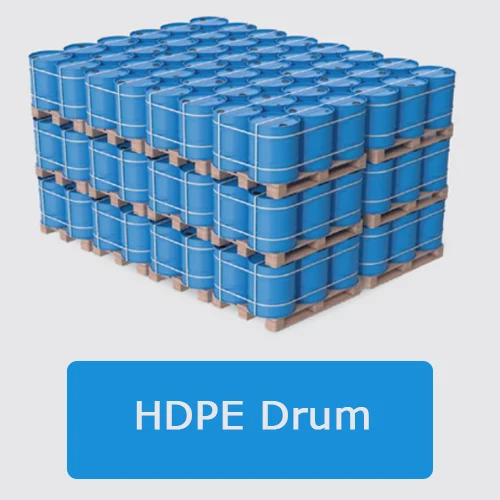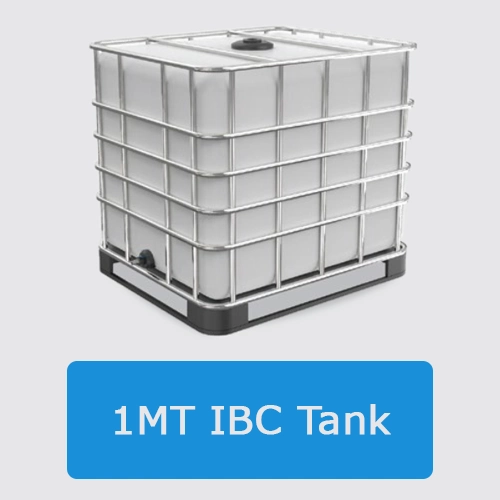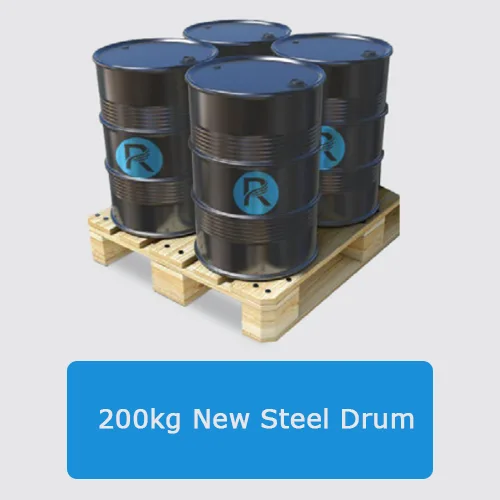
Description of Bitumen Cutback SC-70
Cutback Bitumen SC-70 is a mixture of bitumen that, used to reduce the viscosity of bitumen, aiding in the construction of seal coats in road pavements.Also, this grade can be adding a specific amount of solvent, mixing the mixture, and subjecting it to quality control tests.
The reduction in viscosity of the bitumen aids the construction of seal coats in road pavements as the softened mixture wets the chips more easily. The cutback agent evaporates from the seal coat, the cutback agent becoming a negligible component of the seal coat a few months after application. If significant amounts of the cutback agent remain in the seal coat an unwanted long term softening effect may result.
Application of Bitumen SC70
Cutback Bitumen SC-70 used in several applications, including:
- Surface Incorporation
- Waterproofing
- Void Filling
- Mineral Particle Bonding
- Viscosity Reduction
- Cold Application
Specification
| property | Min | Max | Test method |
|---|---|---|---|
| Kinematic viscosity at 60°C [140°F], mm2/s | 70 | 140 | ASTM D2170 |
| Flashpoint(Cleveland open cup), °C [°F] | 60 | — | ASTM D92 |
| distillate test | |||
| Total distillate to 360°C [680°F], volume % | — | 35 | ASTM D402 |
| Solubility, % | 95 | — | ASTM D2024 |
| Kinematic viscosity on distillation residue at 60°C [140°F], mm2/s | 200 | 7000 | ASTM D2170 |
| Asphalt residue: | |||
| Residue of 100 penetration, % | 40 | — | ASTM D243 |
| Ductility of 100 penetration residue at 25°C [77°F], cm | 50 | — | ASTM D113 |
| Water, % | — | 0.5 | ASTM D95 |
Cutback Bitumen Packing
| HDPE Drum | Detailes |
|---|---|
 |
Loading 80Drum in 20ft Container= 16 Ton Net |
| 1MT IBC Tank | Detailes |
|---|---|
 |
Loading 20 IBC in 20ft Container= 20 Ton Net |
| 200 kg New Steel Drum | Detailes |
|---|---|
 |
Loading 80Drum in 20ft Container= 16 Ton Net |
Supplier of Cutback Bitumen SC-70
At RAHA Bitumen, we are a manufacturer and supplier of Cutback Bitumen SC-70. We have over 13 years of experience in exporting to East Asia and Africa countries. For more information about price, payment, and SGS of each country.
Destination Ports
East Asia
- China => Shanghai, Dalian, Taicang
- Malaysia => Port Klang, Tanjung Pelepas , Penang
- Indonesia => jakarta, Surabaya, Belawan
- Singapore => Tanjong Pagar, Keppel, Brani
- Taiwan => Kaohsiung, Keelung, Taipei
- Philippine => Manila, Cebu, Davao
- Vietnam => Ho Chi Minh, Hai Phong, Da Nang
- Romania => Constanta, Braila, Galati
Africa
- Libya => Tripoli, Misrata, Benghazi
- Kenya => Mombasa, Lamu, Kisumu
- Liberia => Monrovia, Buchanan, Greenville
- Sudan => Sudan, Ossif, Sawakin
- South Africa => Durban, Cape Town, Richards Bay
- Congo => Matadi, Boma, Banana
Our Payment Term
Our terms of payment are TT/30% in advance and balance after copy of BL. This secures 30% of the payment in advance, with the remaining amount settled once a copy of the Bill of Lading is obtained, ensuring that items are in transit and adequately documented.
Order Now
If you’re interested in bitumen Cutback or need help selecting the proper product.


